Culture
The Amazingly Odd Things Americans Do
The U.S. as a nation literally represents a melting pot of cultures, behaviors, norms, beliefs and people. As a result, it is quite possible to travel a couple hundred miles or even just a few city blocks and be surrounded by an entirely different aspect of life, people and practices. However, there are still quirks and behaviorisms that, despite centuries of immigration into the country, make Americans extremely unique compared to the rest of the world. And those are not automatically led by the automatic zeal of democratic freedom and similar grand statements either. In fact, many are very mundane but stand out immediately when seen in other countries as Americans travel. Here are 30 unique habits, behaviors, norms or ideas we take for granted, but raise eyebrows elsewhere:
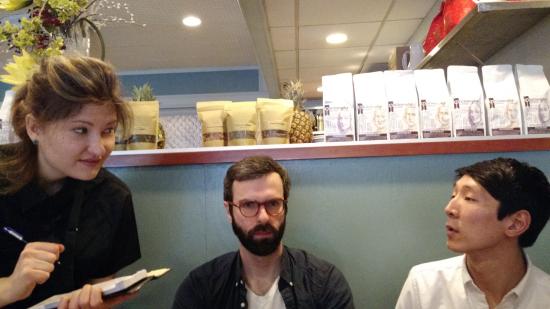
Using “How Are You?” as a Greeting
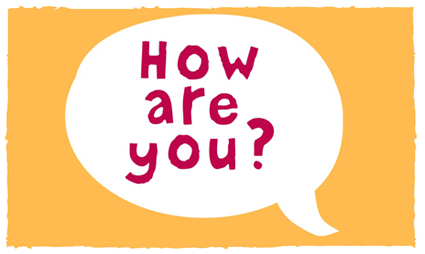
When people greet each other around the world the basic communication starts of with some form of a hello. However, Americans have an odd, interesting norm that is learned from a young age that it is entirely okay and allowable as a formal greeting to ask someone how they are without meaning it. We say all the time, “How are You?” as a polite form of hello with no expectation whatsoever to get an answer much less even hear specific information. The greeting began decades ago, and it actually was answered with a “Fine, how are you?” as a response. However, in recent times that has entirely dropped and it’s now just an empty question that puzzles the heck of out everyone not from the U.S.
Avoiding Vacation

Germany and France, for example, practically have a season of mandatory vacation six to eight weeks out of the year. They plan for it, have regular locations far away from home and on the coast or camping, and get detached from the hectic life at least more than a month every year. In the U.S., we are workaholics in comparison. It’s considered even abnormal to take a full two or three weeks of time off and could hamper a career in some corners.
Daring to Smile at a Stranger

We generally think its perfectly normal and friendly to smile at strangers to come across as non-threatening and disarming. This welcomes engagement and at least a nod or smile back. In other countries such a direct connection might actually scare people to turn and walk away, or be seen as suspicious and avoided.
Commercialization of Lawyers

U.S. lawyers market as hard as any business in the American market, which is absolutely a no-no in other countries and cultures. Instead, they build a profession by reference and networking. Here, we have them on commercials as common as car sales.
Super-Sizing Everything
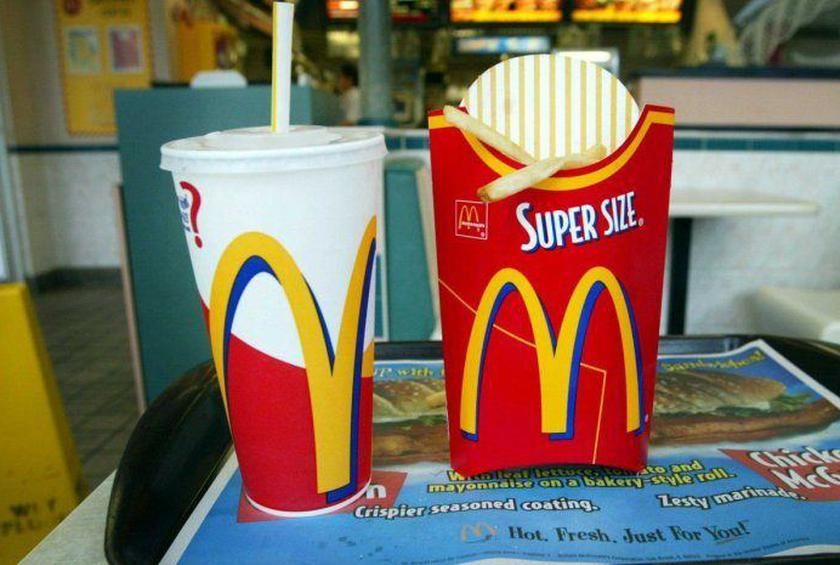
Americans are big on extra helpings, especially with fast food. So extra-size drinks, double size orders and additional add-ons make us feel like we are getting solid value for what we receive. Elsewhere in the world is considered rude and selfish to go back for seconds or expect large sizes and drink refills, even if one paid for the value. Much of this has to do with a different aspect growing up in many cultures that did not have the large grocery stores, fast food venues and massive consumerism so normal in the U.S.
Daring to Drink from Cheap Red Throwaway Cups

It’s actually a rare thing to drink from a cheap, throwaway plastic cup when people are out on a picnic, hosting friends over in the backyard or meeting up for casual get togethers. However, in the U.S. the red plastic cup is ubiquitous with BBQs, picnics, beaches and more.
Using Bland Currency
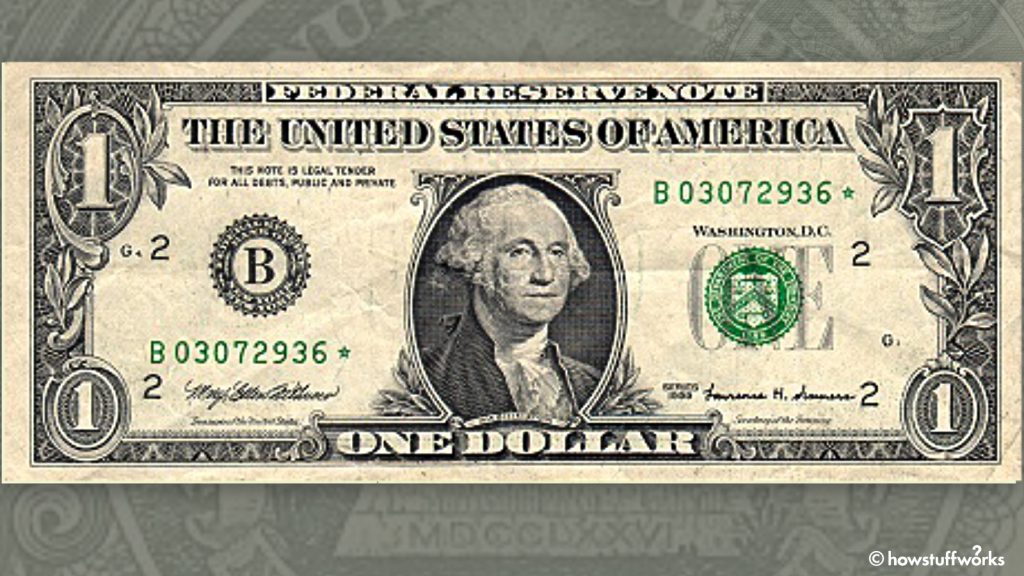
Take a close look a currency around the world and one will realize it’s pretty darn colorful. American dollars, on the other hand, are monochromatic, uncreative and downright boring. It doesn’t mean they are worthless. In fact, U.S. dollars are still one of the strongest currencies worldwide. We just can’t come up with a vibrant currency, even with our newest version of dollar bills.
What in the World are Cheerleaders?

We know what cheerleaders are in the U.S., but they really do represent an odd sideline behavior not seen in other countries. Some would never allow it due to cultural or religious restrictions, but others see cheerleading as having nothing to do with a sport and wouldn’t think of trying to either. Americans, however, see cheerleading as normal as apple pie.
Our Coins Don’t Make Sense
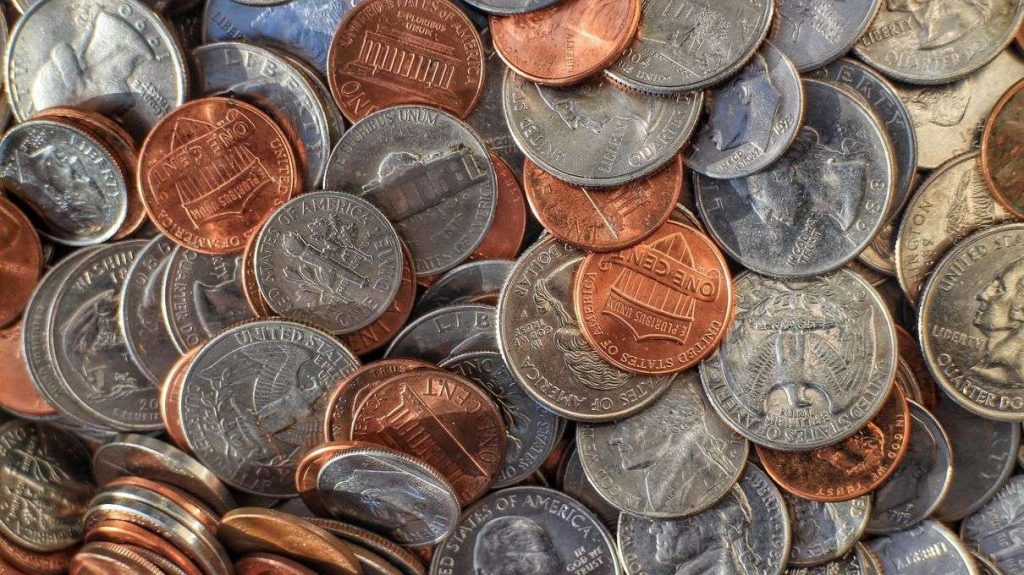
Most coinage around the world focuses on a number value. 10 Euros, 1 Yen, 5 Rubles, etc. Our coins use odd names that, aside from the quarter, don’t really tie to their monetary value. It puzzles the heck out of folks who struggle the first few days trying to remember what each name means. Why is a dime smaller but more than a nickel? Why is a penny brown? Why is a half-dollar almost the size of a regular dollar coin, and why are their two or three different dollar coins? American money is, no surprise very confusing outside of the U.S.
Living with A/C

The world is full of a lot of hot places. Even more challenging, a lot of places are humid and hot. Americans, however, have conquered zones where the summer gets up to 140 degrees with the amazing but mundane creation of the air conditioner. We’re odd birds in this respects. In most place around the world people learn to live with the heat. Americans bring their environment with them instead.
Verifying One’s Drinking Age
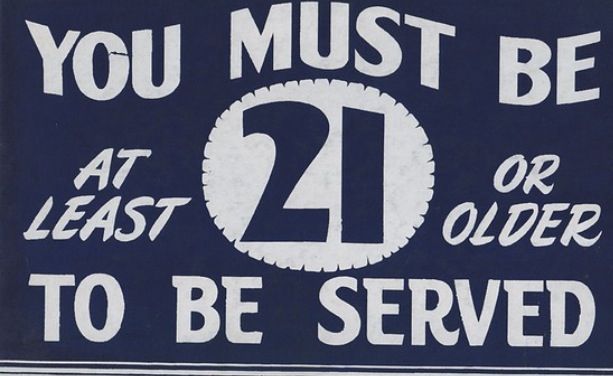
We make a big deal in the U.S. about making sure a person is 21 and older before buying alcohol. Elsewhere in the world, folks can start drinking at age 16, and most places don’t bother asking for ID. If a person has enough backbone to come up to the pub or bar and ask for beer or similar with the money, they are served. Part of our age-related focus steps from our Euro-Christian background and fixation on liquor, but part of it is also a compromise between allowing drinking and many elements in the U.S. who would like to go back to Prohibition.
Our Darn Coffee-to-Go Fixation
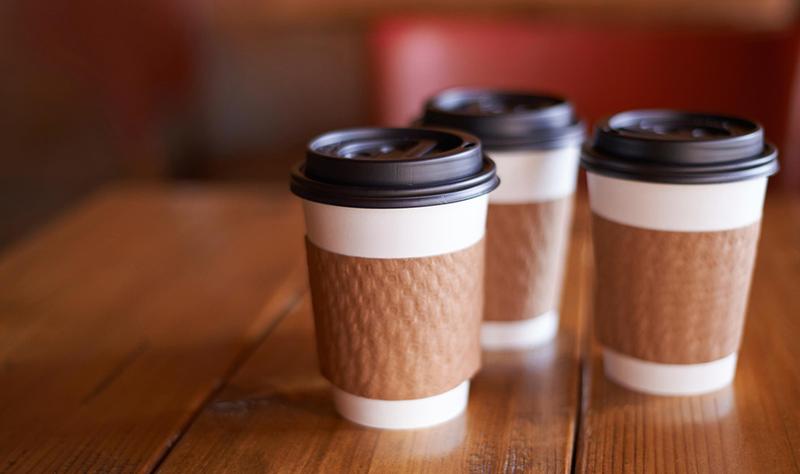
This probably goes in line with not taking vacation much, but we just can’t sit still and relax much, and that includes how we drink our coffee. Taking coffee on the go is very much a norm in the U.S., but in Europe, for example, one drinks coffee at home, at the office or in a café. Folks definitely don’t walk around with coffee in a paper cup very much.
We Don’t Shut Down at Night

In big cities around the world there are sections and areas that do stay open late into the night, usually for bars and entertainment. However, you can go to just about every town and neighborhood in the U.S. in 2020 and you’re bound to find an all-night fast food joint or gas station open. And we treat Sunday as a regular business day. Other countries actually outlaw being open after hours except around the airports.
Our Restaurant Drive-Throughs
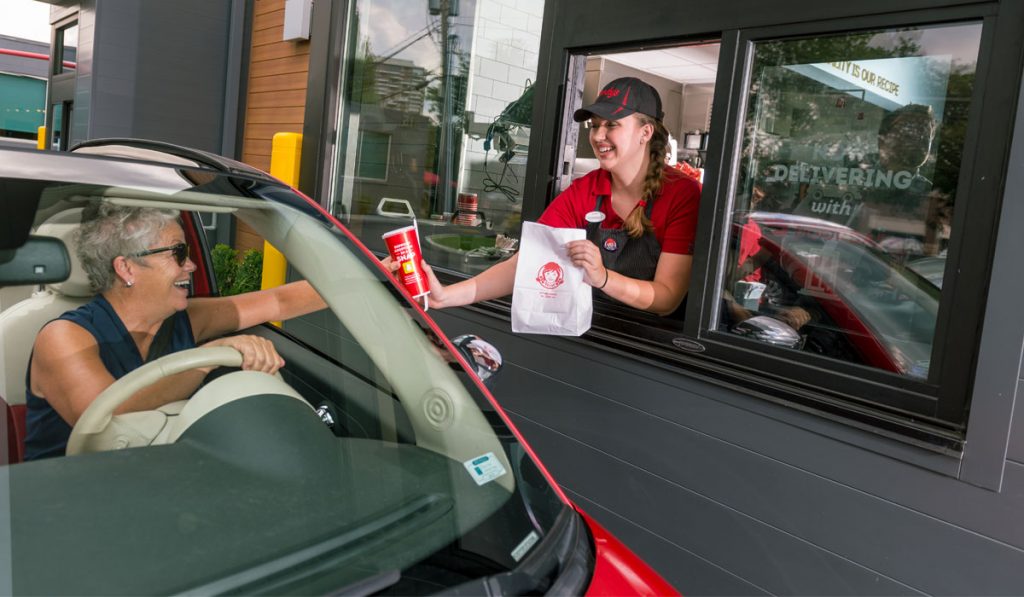
The U.S. is physically a very big country, and from the beginning of the 20th century it became married with the automobile. Entire cities have been planned, built, changed and rebuilt based on vehicle traffic versus any other form of transport. No surprise, we like to eat in our cars too, and that created drive-throughs, a unique American invention. One will be hard-pressed to find a drive-through elsewhere in the world, although some countries with new city expansions are experimenting with the idea.
Really, Really Big Grocery Stores

The U.S. was famous for decades with its grocery stores, symbols of American consumerism. Then we invented big box stores. Now we have big boxes for food, for hardware, for clothing, furniture and even stores for just jackets and coats. The idea is so catching, big box stores have been showing up in Europe as well as China. No surprise, now we have super-store complexes that are even bigger.
Being Overt With Our Flags
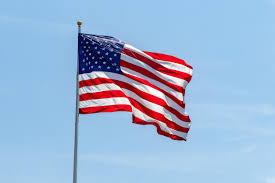
After World War II many countries purposefully avoided strong displays of flags and flag banners on a regular basis. They were seen at parades and on special holidays, but general posting of a country’s flag was seen as a sign of extreme nationalism in many countries and avoided for decades. The U.S., on the other hand, treats it as normal and even very patriotic to fly our flag every day of the week and year, regardless of the reason.
Our Habit of Eating Big
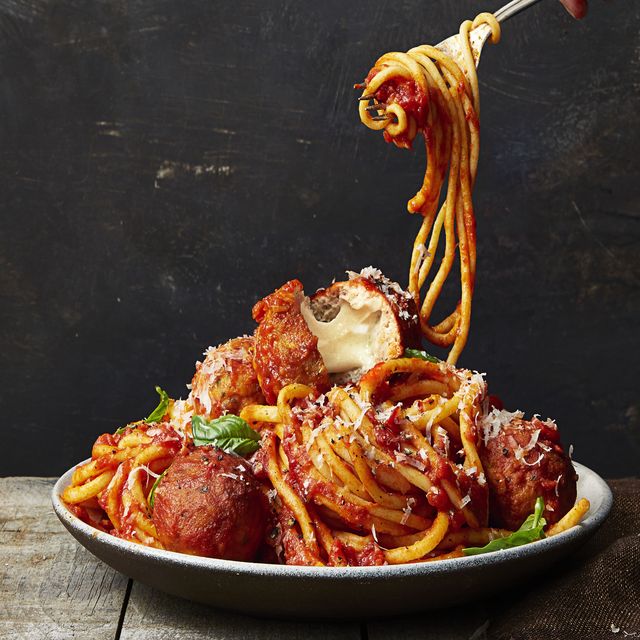
Our eating sizes are no surprise. In addition to expecting large sizes, we eat a lot of food on average too. The amount of food the average American eats is twice the food eaten in most of the world. We also have a heavy diet of processed food and protein. Most other parts of the world focus on grains and vegetables and fruit. No surprise, we produce bigger people on average, but we also have more health problems that are diet-related. Many outside America wonder why we eat the way we do as a result.
We Expect Servers to Hover
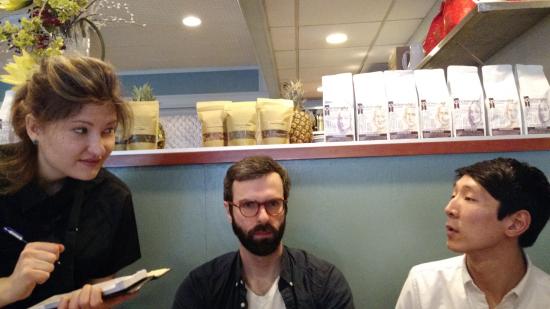
Go to a restaurant in other countries and you’re lucky if you see the waiter twice. Our waiters in the U.S., even in basic diners, are checking on patrons and how we’re doing at least five times in a sit-down if not more.
Our Pharmacies are Big Too

Going to get medicine outside of the U.S. often involves finding a universal sign of a pharmacy, usually a pestle and mortar. Once inside, the office is about the size of a small room, maybe even a small closet. So pharmacies in the U.S. are a shock. Either they are mini-malls of their own with just about every general store item in them or they are included in a giant grocery store. Either way, it’s easy for a foreign person to get lost looking for a pharmacy here.
Water is Taken for Granted
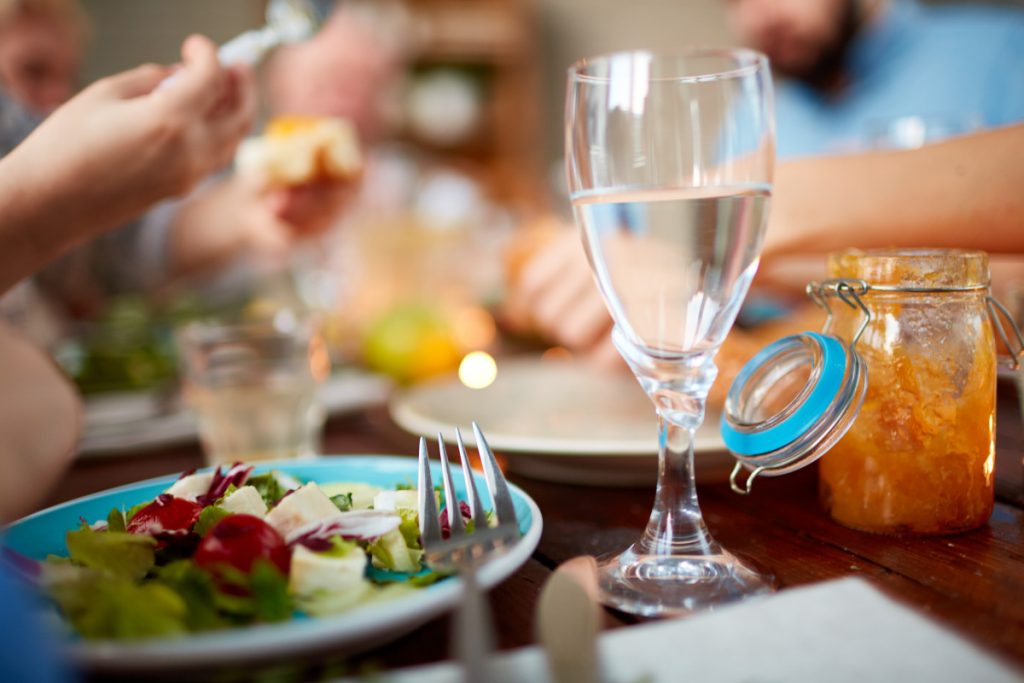
We are surprised eating out if we don’t receive our complimentary glass of water both when we sit down as well refills during the meal and at the end, if not a cup of coffee to boot. Water isn’t so plentiful elsewhere, so it surprises visitors why we insist on keeping them hydrated to the point of running to the restroom.
We Love Our Ice

Along with water and our cold drinks, ice is also an expected norm in the U.S. One of the oddest things people experience then traveling to Europe, for example, is asking for a drink and being served a soda with no ice at all. Ice, however, isn’t a universal add-on to a drink, and many restaurants worldwide don’t even have an ice-maker to provide it.
We Value Tipping and Honor It

While hotels around the world expect tipping from customers as a norm, it is not necessarily a standard as much as it is in the U.S. We often hold to a standard of 15 percent for good service and more for large groups. But this is not common internationally. In fact, some places do not allow tipping at all, building it already in the price of service.
We Have Amazing Trust in our Credit Card System

We treat our credit cards like cash, handing it to anyone we need to as payment without a clue what they do with it when we aren’t looking. Foreigners are extremely protective and possessive of their cards in comparison. Where fraud, unfortunately, is common in the U.S., and a replacement card can be had in days, it’s a much harder process in other countries, similar to how cardholders were treated in the 1970s in the U.S.
We Have So Many Darn Choices

Whether it’s clothing, food, TVs, computers, artwork, music, furniture and more, we are buried with choices. Gone are the days of 1950s marketing where you can have any color you want as long as it is white or black. This isn’t the case elsewhere. Many cultures and countries focus on providing on one choice, or a few at most, the better ones with quality versus and array of so-so.
Commercialization of Drugs
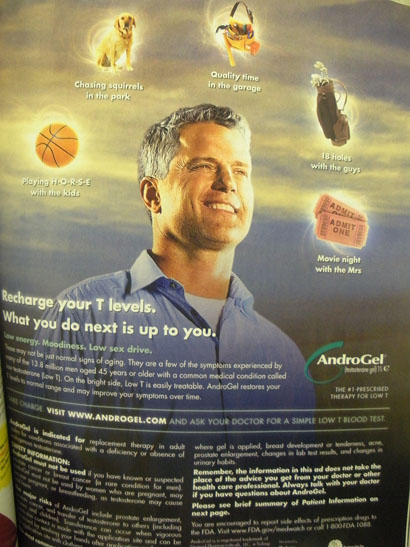
Our drugmakers get to have commercials and heavy marketing in the U.S. too. Ulcer medicine is a great example, along with heartburn and anti-depression. In Asia and Europe, however, drugmakers aren’t visual to the public, and prescriptions don’t come with heavy branding.
Our Classy Pajama-Wearing in Public

Yes, that’s a joke. As the U.S., we might be the only culture in the world daring enough or silly enough to wear our pajamas out in public like regular clothes, including fuzzy slippers. While this primarily a teen or college age thing to do, it’s extremely rare worldwide. They look at Americans and shake their heads.
We Have Really Big Roads

Given the size of American cars, it’s not a surprise our roads are big too. Five-lane highways and similar are not uncommon all over the U.S. How we manage to still have traffic-jams is another mystery, but to folks from other countries our roads are huge compared to what they typically drive on.
What’s With Our Bathroom Stalls?

Go to a public restroom in another country that is developed and you will notice that the stalls and stall doors provide a solid privacy. Our bathrooms, regardless of gender have stalls with enough gaps between the walls and doors that one can see inside. Whether its an intentional design to allow spotting problems or plain weirdness, our bathrooms have less privacy by function, period.
Our Wine Bottles Are Weird
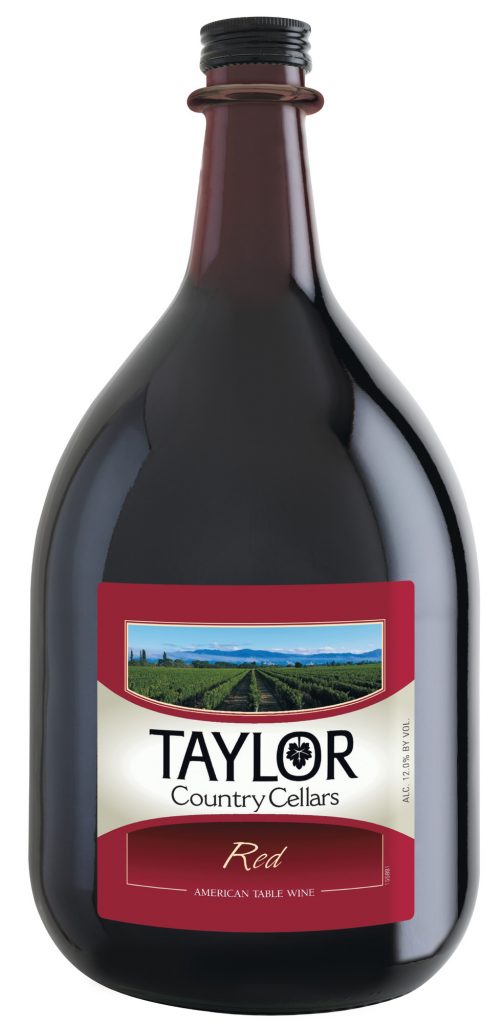
We have 3-liter bottles for American wine which is very much an oddity anywhere else. It’s not that our wine is bad. In fact, we have a large number of award-winning wine brands. We just like bigger bottles, which is unheard of elsewhere.
Our Love Affair with Frying
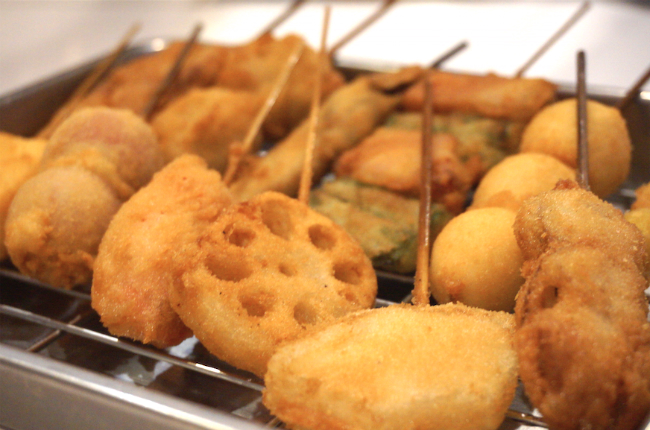
Every county fair that comes up, we have a wonderful trend of frying all sorts of foods. Twinkies, pickles, fruit, and all sorts of meats, we fry it. Some experiments shouldn’t happen, period, but Americans have a wide menu of fried food we love to eat and eat a lot. While frying food is not unique, and can be quite common in some parts of the world like Asia, we have perfected fried food to an art.
As noted at the beginning, even with all our melting pot consolidation, as Americans we have some quirks rarely found anywhere else in the world. And that makes American culture stand out on its own, even when made up of a constant mix of people from everywhere else over generations.
Culture
Farmer’s Legacy Protects Critically Endangered Plains-Wanderer
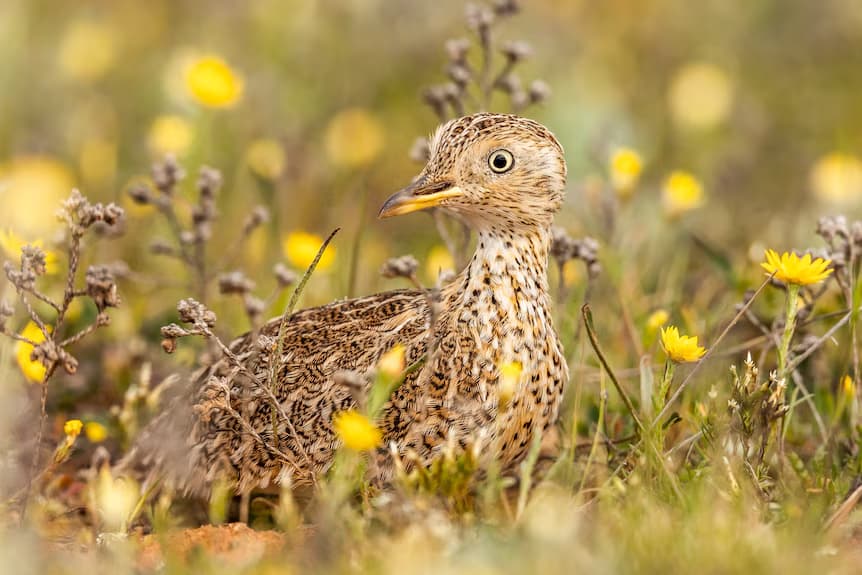
Ten years ago, George Cullinan stumbled upon a curious bird on his farm in Victoria’s Mallee region. The bird, which he found lifeless in a water trough, had yellow legs and a yellow beak that sparked his curiosity. Wanting to learn more, Cullinan reached out to his friend and conservationist, Greg Ogle. What he discovered was remarkable—the bird was a plains-wanderer, one of Australia’s rarest species, with a dwindling population of just 250 to 1,000.
Cullinan, who passed away at the age of 98 just three weeks ago, left behind a lasting legacy. His conservation efforts are now helping protect this critically endangered bird, whose habitat has significantly shrunk over the years. Once widespread across parts of Australia, the plains-wanderer is now mostly found in limited areas of Victoria, South Australia, and southern New South Wales.
The plains-wanderer is an ancient species that evolved over 100 million years ago. Its unique status makes it a top priority for conservation, according to the Zoological Society of London. With its distinctive call that resembles a cow’s moo, this small bird is now fighting for survival due to habitat loss.
Working closely with Trust for Nature and the Birchip Landcare Group, Cullinan took significant steps to help the plains-wanderer thrive on his property. By installing song meters equipped with microphones, Cullinan’s team was able to capture 110 distinct calls of the rare bird within just three weeks—clear evidence that more than one bird inhabited his land.
To ensure the long-term survival of the species, Cullinan established a 91-hectare conservation covenant on his 2,000-hectare farm in 2024. This protected area, featuring a shallow lake and ancient box trees estimated to be 500 years old, provides the perfect conditions for the plains-wanderer. Known as the “Goldilocks” bird, the plains-wanderer requires ground cover that is not too dense but not too sparse—conditions met by Cullinan’s property.
David Dore, Trust for Nature’s manager, emphasized that Cullinan’s land offered a “supermarket” of plants, such as spear grasses and lilies, where the plains-wanderer can find food throughout the year. Dore praised Cullinan’s quiet but monumental contribution to conservation, calling the farmer’s work an act of environmental activism that will leave a lasting impact.
Cullinan’s dedication to preserving the bird’s habitat was recognized at his graveside service last month. Brian Lea, a member of the Birchip Landcare Group, reflected on Cullinan’s enduring contribution. “His last gift to the birds is something that will keep him in people’s memories for a long time,” Lea said.
Cullinan’s conservation work ensures that the plains-wanderer will have a safe haven on his farm for generations to come, preserving the habitat of one of Australia’s most critically endangered species.
Culture
Guam Kingfisher Released into the Wild After 40 Years of Extinction
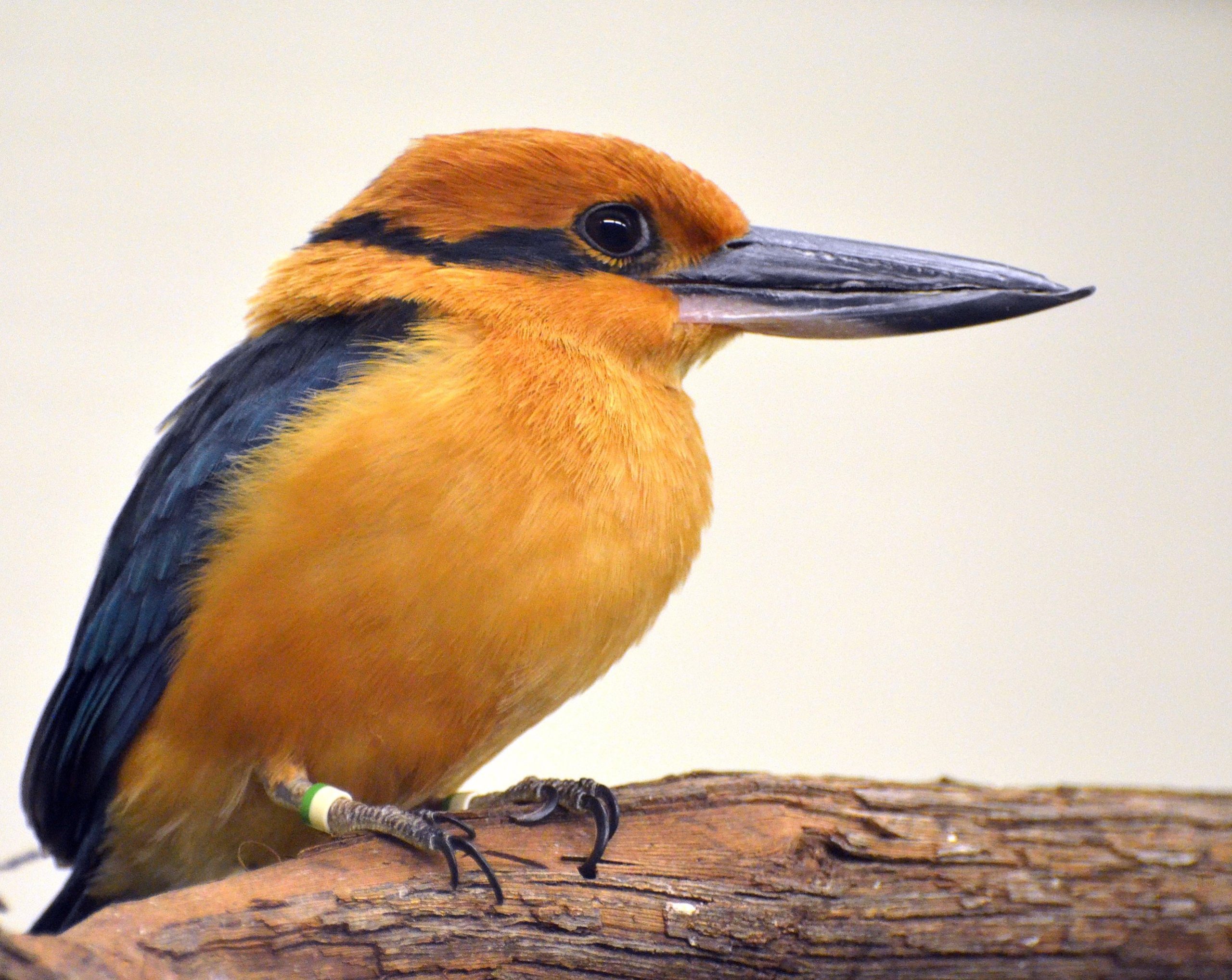
For the first time in nearly four decades, the Guam kingfisher, known locally as sihek, has returned to the wild. Six of these vibrant birds were released on September 23, marking a historic milestone in conservation efforts.
The sihek, which once flourished in Guam’s forests, had been declared extinct in the wild since 1986 due to the introduction of the invasive brown tree snake. This predator decimated the island’s bird population, including the sihek, by preying on their eggs. Fortunately, conservationists launched a captive breeding program, which kept the species from disappearing entirely.
The six birds were released on Palmyra Atoll, a predator-free island located about 3,700 miles east of Guam. This release is part of a long-term project aimed at establishing a breeding population on the atoll as a first step toward eventually reintroducing the sihek back to its native habitat in Guam.
The road to this moment began earlier in the year, with the hatching of the first sihek chick of the season at Sedgwick County Zoo in Kansas. Given that only 45 breeding females remain worldwide, each successful hatch is a critical victory for the species. Specialists from various institutions, including the Zoological Society of London and the Smithsonian’s National Zoo, worked tirelessly to care for the chicks and prepare them for life in the wild.
After being flown to Palmyra Atoll in late August, the birds spent time acclimating before their release. Each sihek is equipped with a small radio tracker to monitor their movement, habitat use, and eventual breeding behavior. Researchers will be closely watching the birds in the coming months as they adapt to their new environment and hopefully establish territories for breeding.
The return of the sihek to the wild has been the culmination of decades of collaborative effort between organizations like the U.S. Fish and Wildlife Service, Guam’s Division of Aquatic and Wildlife Resources, The Nature Conservancy, and several zoos. Their goal is to build a sustainable breeding population that can one day thrive in Guam’s forests once the brown tree snake threat is under control.
Although the release is a reason for optimism, conservationists remain cautious. With only a few dozen sihek left, the species faces significant risks, from disease to natural disasters. However, the successful reintroduction of extinct-in-the-wild species, such as the red wolf and California condor, proves that with dedication and proper resources, these efforts can succeed.
As Donal Smith, a researcher with the Zoological Society of London, pointed out, maintaining endangered species in captivity is no small feat. “Reintroduction programs like this require years of preparation and coordination. It’s essential that conservation efforts continue to receive the support they need to prevent more species from being lost.”
The sihek’s release offers a glimmer of hope in the face of ongoing environmental challenges. If all goes well, these birds will one day fly free in the forests of Guam once again.
Culture
From Conflict Zone to Conservation Triumph: Upemba National Park’s Remarkable Recovery
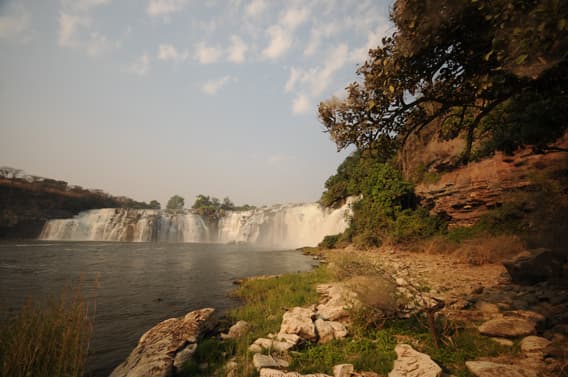
In the heart of the Democratic Republic of Congo (DRC), Upemba National Park is witnessing a remarkable transformation. Once dubbed the “triangle of death” due to rebel activity, this vast wilderness is slowly reclaiming its status as a thriving wildlife haven, thanks to the unwavering dedication of its rangers and conservationists.
The park’s tumultuous history began in 1998 when Bakata Katanga rebels sought refuge within its borders, leading to widespread poaching and devastation of wildlife populations. Elephants, lions, and zebras, once abundant, were pushed to the brink of local extinction. Even the park’s rangers, left unpaid during the Congo wars, resorted to poaching for survival.
However, recent years have seen a dramatic turnaround. Under the leadership of site manager Christine Lain, Upemba has secured crucial funding and revitalized its demoralized ranger force. The results are encouraging: elephant numbers have risen to about 210, while the zebra population – unique to this part of DRC – has rebounded from a mere 35 to an estimated 200.
Despite these successes, challenges persist. Poaching remains a threat, and the park faces potential disruption from nearby mining activities and oil exploration. To counter these pressures, park management is focusing on expanding the ranger force and conducting comprehensive biodiversity surveys to strengthen the case for Upemba’s protection.
The park’s recovery is not without human cost. Rangers like Sylvain Musimi continue to face danger from militant groups, with two rangers losing their lives this year alone. Yet, their commitment to Upemba’s restoration remains unshaken.
As Upemba National Park continues its journey from a conflict-ridden zone to a beacon of conservation, it stands as a testament to the resilience of nature and the dedication of those who protect it. The park’s story offers hope that even in the face of seemingly insurmountable challenges, conservation efforts can yield remarkable results.
Culture
From Warzone to Wildlife Haven: Ukrainian Intelligence Rescues Symbolic Owls
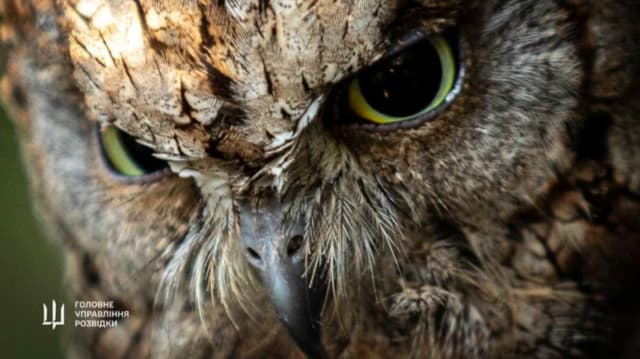
In a heartening tale of compassion amidst conflict, Ukraine’s Defence Intelligence (DIU) has facilitated the rescue and relocation of two owlets from the embattled Kharkiv region to Kyiv Zoo. This rescue operation, carried out on August 1, 2024, highlights the Ukrainian military’s commitment to preserving life in all its forms, even in the midst of war.
The young owls, now named Arei and Magura, were discovered by members of the 92nd Separate Assault Brigade during a mission near Lyptsi village. Found in dire conditions within a war-damaged structure, the birds were immediately taken into care by the soldiers.
Following their initial rescue, the owlets were brought to the attention of Kyrylo Budanov, Chief of DIU. Given the owl’s symbolic significance to Ukraine’s Defence Intelligence, Budanov made the decision to provide them a new home at Kyiv Zoo, where they will reside in a specially prepared aviary.
DIU representative Andrii Yusov emphasized that this rescue exemplifies the Ukrainian forces’ dedication to protecting not just human lives, but also those of animals caught in the crossfire. The decision to house the owls at Kyiv Zoo was motivated by a desire to share this positive story with the public, particularly allowing Ukrainian children to interact with these native birds.
Kyiv Zoo’s CEO, Kyrylo Trantin, expressed gratitude for the military’s efforts and assured that the zoo would provide comprehensive care for Arei and Magura, including rehabilitation and adaptation support. This rescue serves as a poignant reminder of the zoo’s ongoing efforts to safeguard animals during wartime.
This heartwarming incident stands as a testament to the Ukrainian people’s resilience and compassion, showcasing their ability to nurture life and hope even in the face of adversity.
Culture
Eco-Friendly Tourists in Copenhagen to Receive Free Food and Tours

Visitors to Copenhagen who participate in environmentally-friendly activities, like litter picking or using public transport, can earn free food, cultural experiences, and tours as part of a new pilot program.
The CopenPay trial, running from July 15 to August 11, turns eco-friendly actions into rewards, according to Visit Copenhagen, also known as Wonderful Copenhagen.
For instance, visitors who bring plastic waste to the National Gallery of Denmark can join a workshop to create art from the materials. Those who cycle or take public transport to the city’s famous heating plant can ski down the artificial slope on the building’s roof.
“CopenPay rewards actions like cycling, participating in cleanup efforts, or volunteering at urban farms with access to a variety of experiences in Copenhagen,” said Wonderful Copenhagen in a statement. “This includes free guided museum tours, kayak rentals, and even a vegetarian lunch made from local crops.”
Copenhagen is known for its beautiful architecture, excellent food, and clean, green environment. It’s also a great place for cycling, with 237 miles of bike lanes and 62% of citizens commuting by bicycle, according to the tourism board.
“With CopenPay, we’re helping people enjoy more of what Copenhagen has to offer while reducing their environmental impact,” said Mikkel Aarø Hansen, CEO of Wonderful Copenhagen. “It’s about creating enjoyable and environmentally responsible experiences.”
Tourists can earn rewards by showing a public transport ticket, but the system is mostly based on trust. An online map shows over 20 participating venues. If successful, the pilot project could become a year-round program.
This initiative comes at a time of growing concern over the environmental and social impacts of tourism, which have led to protests in Barcelona, the Canary Islands, and Mallorca.
“We need to change tourism from being an environmental burden to a force for positive change,” said Hansen. “An important step is changing how we move around, what we consume, and how we interact with locals.”
-

 OMG6 years ago
OMG6 years agoA Couple Gave Birth to the Most Beautiful Twins Ever
-

 OMG7 years ago
OMG7 years ago20 Rare Historical Photos
-

 OMG6 years ago
OMG6 years agoHilarious Airport Photos
-

 Cute6 years ago
Cute6 years agoMom Refuses to Let Daughter Eat Sugar and Years Later This is What She Grows Into
-

 OMG6 years ago
OMG6 years agoTop Secret Air Force One Facts That You Never Knew
-
OMG6 years ago
The Funniest Yearbook Photos Of All Time
-

 OMG6 years ago
OMG6 years agoRetired Mathematician Restores Log Cabin
-

 OMG5 years ago
OMG5 years agoWhat Happened When This ‘Duck Dynasty’ Legend Chopped Off His Beard?